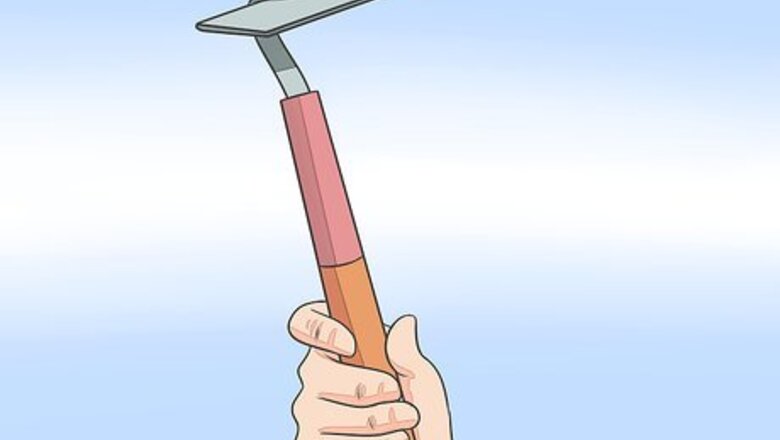
views
Removing Existing Weeds
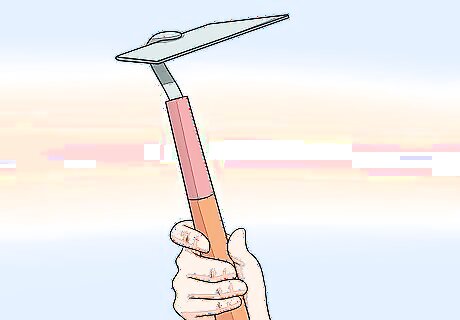
Cut with a sharp hoe. A sharpened hoe blade allows you to sever the weeds without having to bend over or crouch. Swing the blade against the weed near the base, then leave the weed to decompose. If vegetables are already growing, a thin-bladed "onion hoe" may be easiest to maneuver without damaging the useful plants. If the weed already has visible seed pods or seed heads, pull these off before you cut, and discard them in a trash can covered or far away from your garden. A stirrup hoe helps take weeds out easily. It has blades that run parallel to the ground, making it easy to go along and cut weeds down.
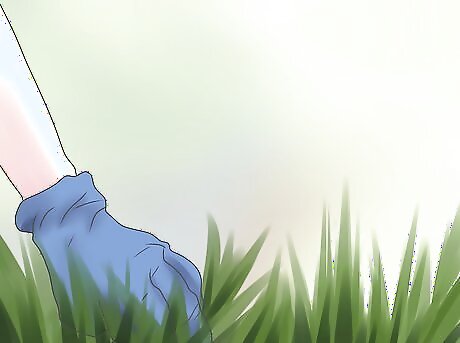
Remove weeds by hand or small tool. Hand-pulling weeds can be a slow process, but is often necessary when weeds sprout too close to vegetables to risk swinging a hoe. This also allows you to remove the roots of large weeds as well as the surface plant, preventing the same weed from growing again. Using a tool such as a gardening trowel or Hori-Hori knife may make this task easier and reduce strain on your hands. Pruning shears are notoriously un-ergonomic, which can causes problems such as arthritis. When choosing pruners, make sure that they fit your hand well and don't require excessive push to move the blades. For weeds growing next to small crops, press your fingers down on either side of the weed to keep soil in place while pulling. Removing weeds is easier while the soil is beginning to dry out from a watering. However, avoid walking on or pressing wet soil, which can reduce aeration.
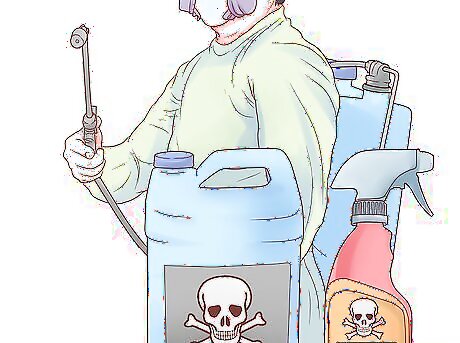
Learn about post-emergent herbicides. Post-emergent herbicides are designed to kill weeds that have already grown. Any type of herbicide should be used cautiously, as they have the potential to kill desirable plants as well, potentially even ones planted in neighboring gardens. Match your herbicide to your type of weed, and check that it does not have any harmful effects on your specific vegetable crops. Use these guidelines to begin your research: Herbicides containing trifluralin can be used to control grass weeds, but these are banned in the European Union. Herbicides with sethoxidym, including Poast, can also be used to control grass weeds. Herbicides containing glyphosate, including Roundup, kill many plants, weeds and otherwise, and should only be used in a vegetable garden if the label specifically provides instructions for it.
Keeping Weeds in Control
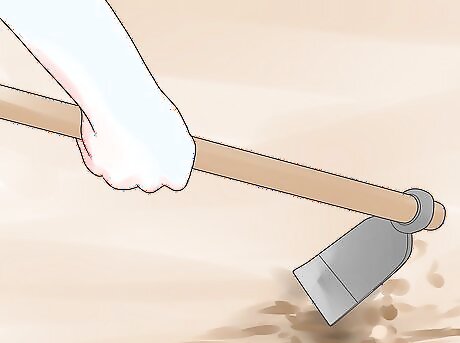
Cultivate the soil shallowly and regularly. Whenever you notice weeds start to emerge, use a stirrup hoe, garden tiller, or rake to disturb the soil around their roots. Exposing their roots, especially on a dry, hot day, can cause the weeds to dry up and die. Cultivating further than a couple inches (3-5 centimeters) is not recommended, as it can damage vegetable roots and bring buried weed seeds to the surface. This method will be less effective if the weeds are allowed to grow larger.
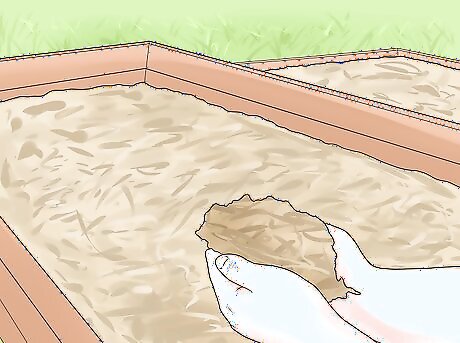
Apply an organic mulch to reduce weed growth. Mulch refers to any material covering the soil surface, which helps block new plants from emerging. Add a 2–4 inch (5–10 cm) layer of dead leaves, seed-free straw, or grass clippings to serve as mulch, but leave bare areas 1 inch (2.5 cm) around each desirable plant to allow air circulation. Mulch also helps retain soil moisture and heat. As an insulator, it can help keep plants cool in hot temperatures, and warm in cooler temperatures. Avoid wood chips, bark chips, or sawdust, as they may have lingering effects that prohibit seed growth. These types of mulch may be appropriate for use in area of your gardens without vegetables or other annual plants. If you are using wood then make sure to inspect it for parasites and diseases. You don't want to introduce these to your garden.
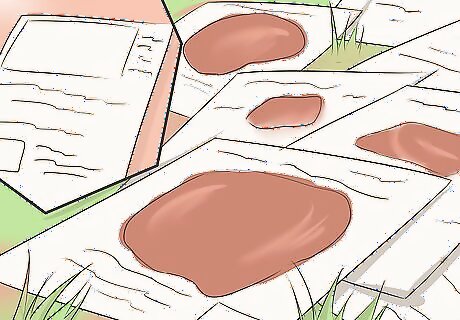
Consider using newspaper as a mulch. Black-and-white newspaper can be used as an inexpensive and environmentally friendly mulch to prevent weed growth, but it is only effective in certain conditions. This relatively recent practice requires more study, but appears to require well-draining soil, and frequent cultivation as described above. Apply it as you would organic mulch, described above. Do not use colored ink pages, which may contain toxic materials that can harm the soil and vegetable plants. In windy conditions, weigh the newspaper down with grass clippings or other material.
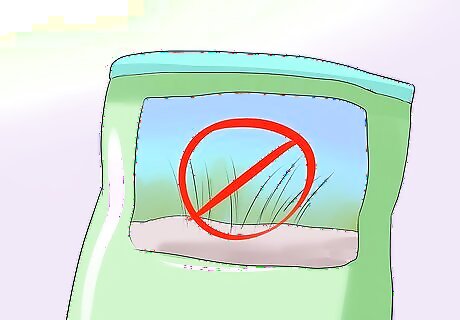
Research pre-emergent herbicide options. Always research a herbicide's effect on your specific vegetables and nearby plants before using, and select one that targets your type of weed (such as grass or broad-leaf weeds). Here is some information to start with, concerning pre-emergent herbicides to use before the weeds have sprouted: Products containing DCPA, such as Dacthal, rarely harm most vegetables. Corn gluten meal is sometimes used as organic weed control, applied in a garden with vegetables 2–3 inches (5–7.5 cm) tall and no weeds present. It is unclear how effective this is compared to other options, but can double as a fertilizer as well.
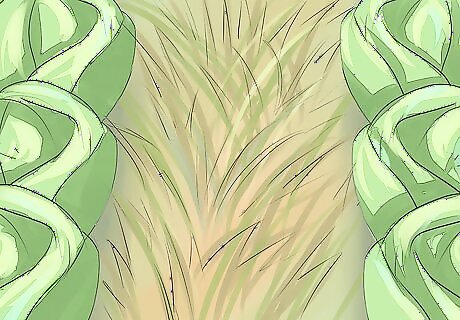
Use cover crops outside the growing season. Rather than leave your garden bare after harvesting, plant a cover crop to prevent undesirable plants from going wild. Grow a hardy winter/autumn crop such as annual rye grass, buckwheat, or winter rye for this purpose. Be prepared to fertilize and harvest this crop if you go with this plan. A dense crop cover will keep weeds from getting started in your garden. When you cut the cover crop, you can even leave the trimmings in your garden as a green manure. Look up crop rotation or crop combination recommendations for your specific vegetables, so your soil next year will have the correct nutrients to encourage vegetable growth.
Starting a Low-Weed Garden
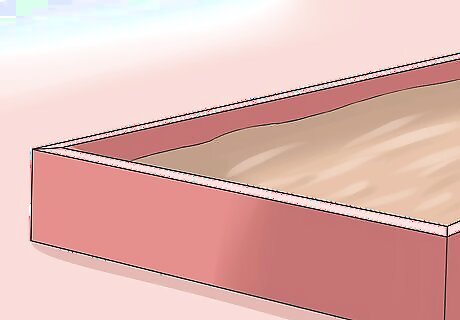
Build a raised garden bed. If you are prepared to use high-quality soil, and water frequently, a raised bed will allow you to keep your vegetables spaced closer together. This makes it harder for weeds to compete, and the raised level may make weeds easier to spot as well. Plants warm up more quickly in a raised bed. This is an advantage in many climates, but if the climate is on the hot side for your vegetables, consider digging a lowered bed instead.
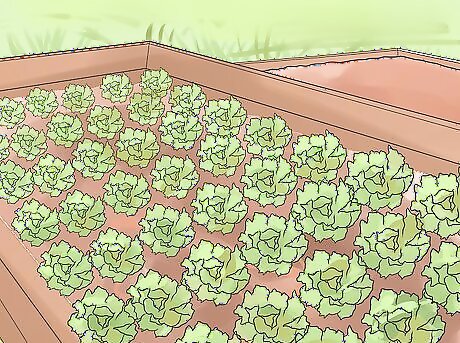
Reduce plant spacing. Sometimes referred to as intensive planting, keeping vegetables closer together gives weeds less room to grow. However, spacing is limited by your soil quality, watering frequency, and vegetable variety. You can often plant vegetables a couple inches (a few centimeters) closer than recommended on the seed packet, but it's best to attempt this by planting slightly closer each year, reversing the practice if the vegetables fail to grow quickly and healthily. Try looking up your vegetable's recommended spacing if using a raised bed.
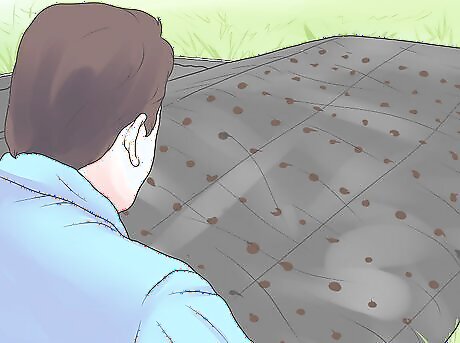
Use plastic mulch for certain crops. Due to the trapped heat in the soil, this method is only recommended for certain vegetables, such as tomato, pepper, eggplant, cucumber, melon, or squash. Lay a covering of black plastic over the soil in your vegetable garden prior to planting. Cut out holes where the vegetable plants will grow through the plastic. Keep an eye out for aggressive weeds that may continue to grow under the plastic or through the holes for the vegetable plants. Plastic will not decompose, and must be thrown away after the growing season. Alternatively, you can use black landscaping fabric. This allows water to penetrate down into the soil and is reusable.










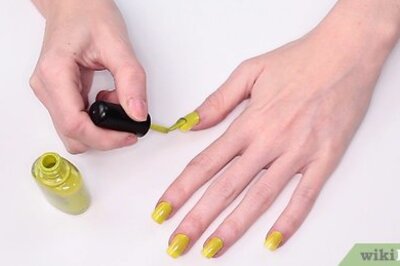

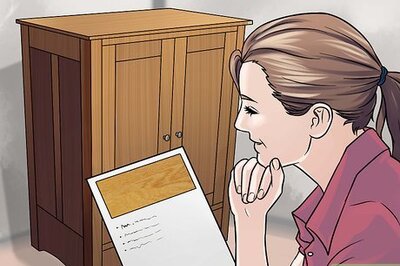

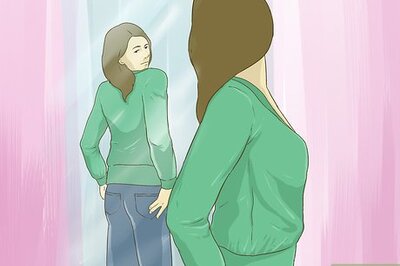





Comments
0 comment